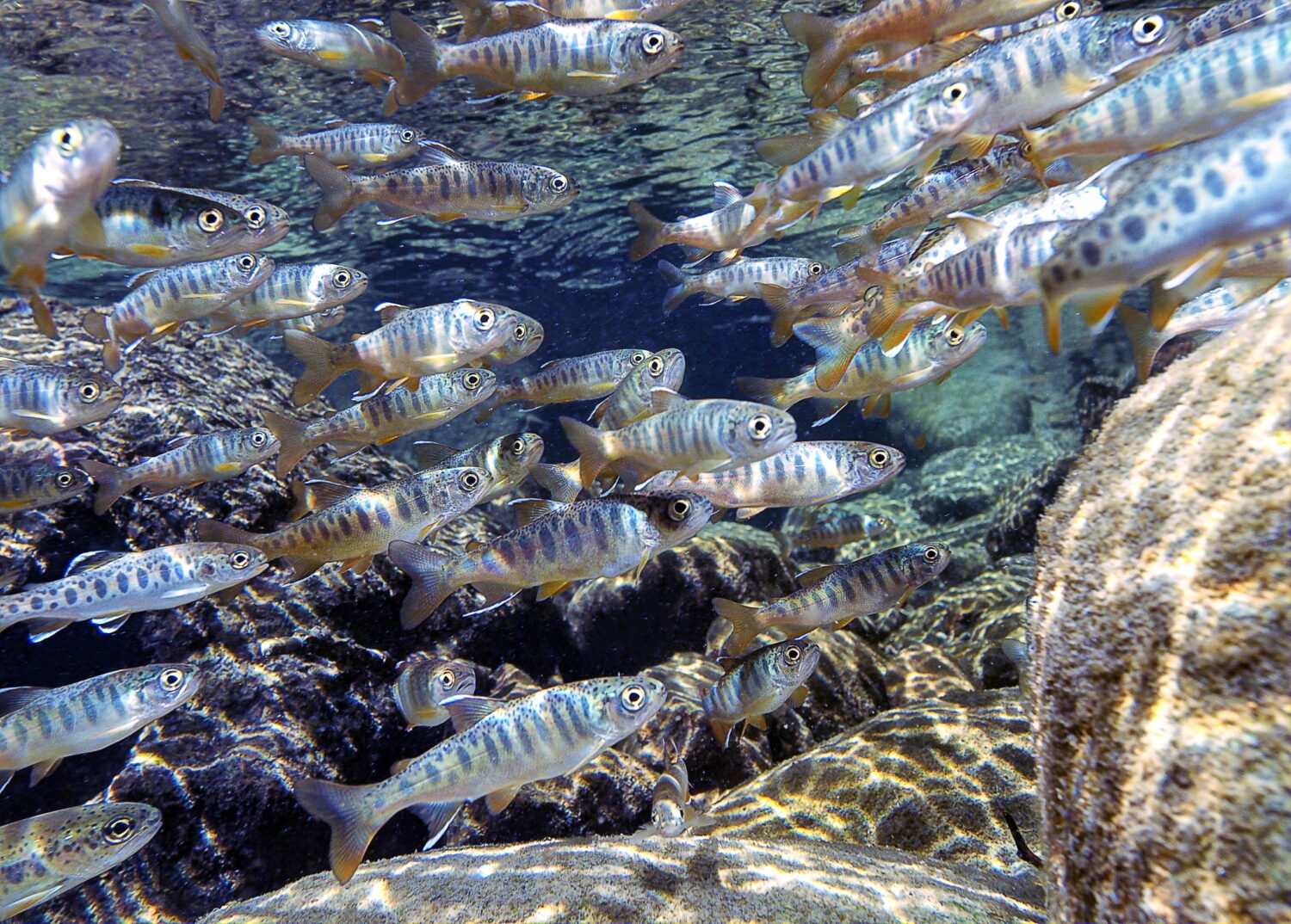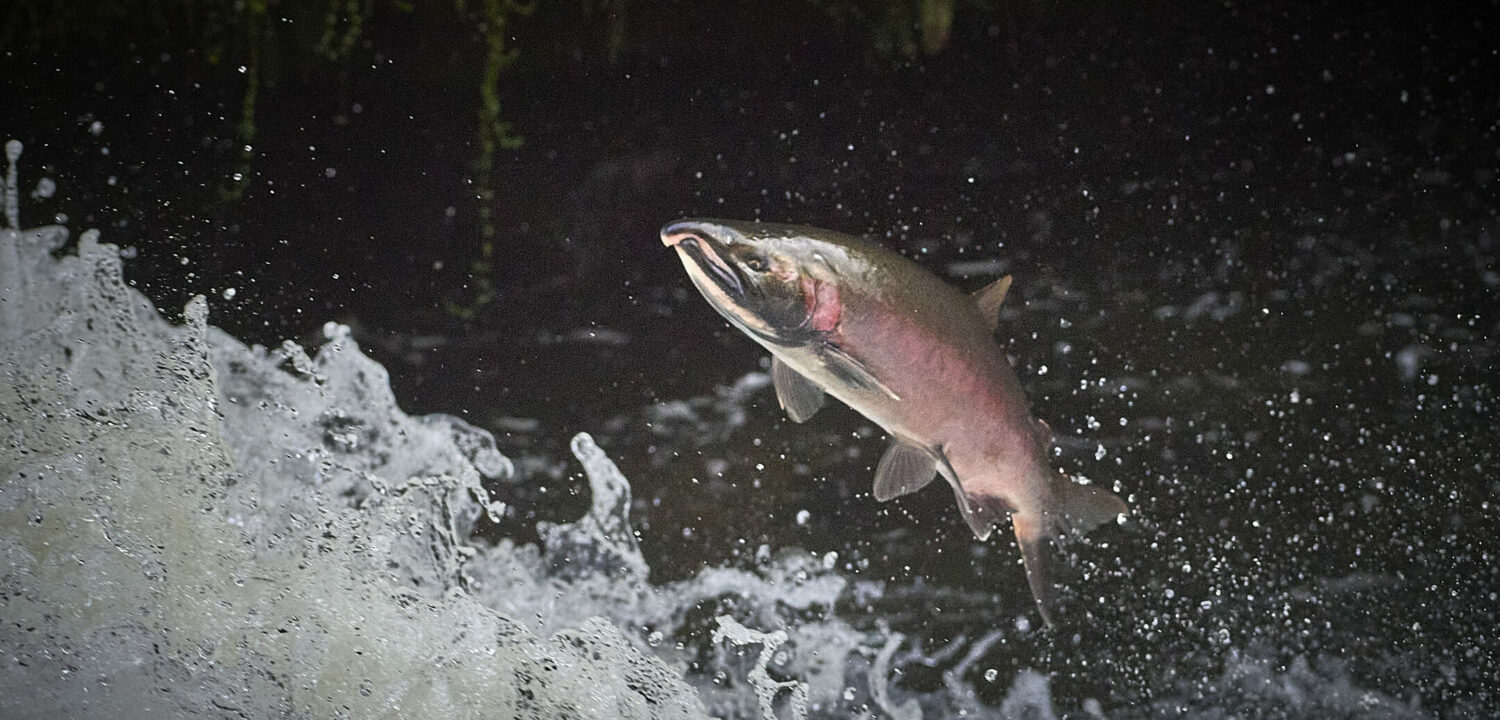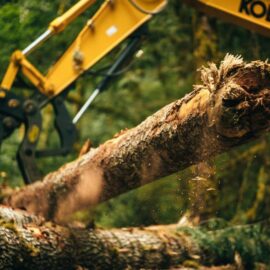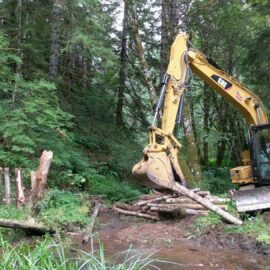A new federal report finds a connection between restoration work and stronger coho returns.
A new report from the National Oceanic and Atmospheric Administration finds hopeful signs for some threatened salmon and steelhead populations, with Oregon Coast coho, in particular, called out as “a bright spot for salmon recovery.”
“While poor ocean conditions affected many West Coast species over the last 5 years, Oregon Coast coho demonstrated greater resilience,” the agency reports. “Coho returns have remained stronger than during previous periods of poor ocean conditions.”
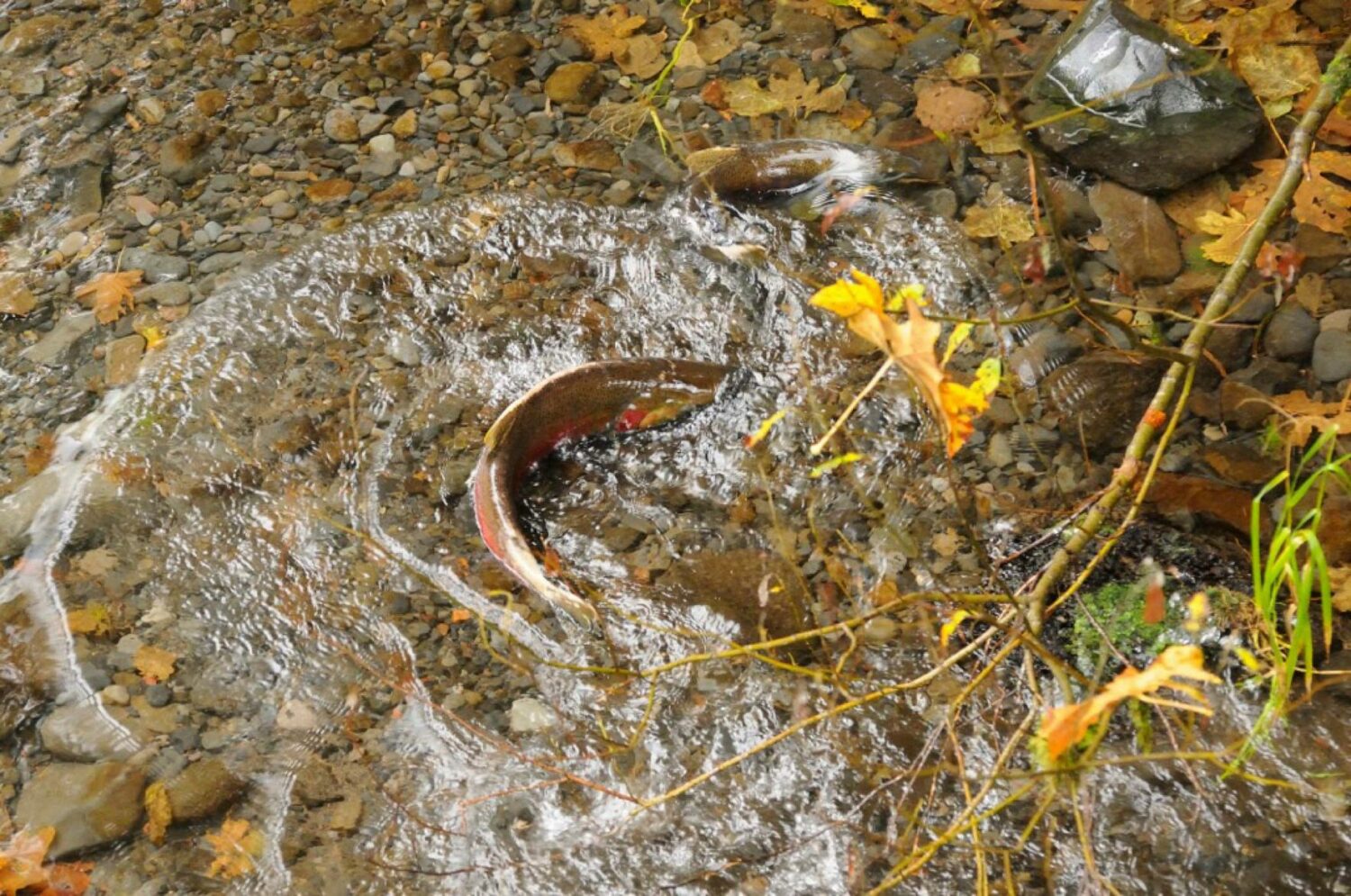
According to Wild Salmon Center Coastal Programs Director Mark Trenholm, NOAA’s findings support our highly-targeted campaign to restore coho habitat on the Oregon Coast. The WSC-managed Coast Coho Partnership—a team of public and private partners including NOAA—has leveraged millions of dollars of project implementation funding dedicated to coho recovery.
Since 2018, WSC and our local CCP partners have identified more than 200 high-priority restoration projects in six watersheds—from the Elk to the Nehalem—with work underway or already completed for roughly 40 of those projects.
“While poor ocean conditions affected many West Coast species over the last 5 years, Oregon Coast coho demonstrated greater resilience.”
5-year assessment of ESA-listed species, NOAA Fisheries, 2022
Federal and state agencies are key backers of CCP’s watershed-specific Strategic Actions Plans, which map where, when, and how to target restoration work within specific salmon systems. So far, SAPs have been completed or are in progress for coho populations in the Elk, Upper Rogue, Siuslaw, Siletz, Coos Bay, Tillamook Bay, Coquille, and Nehalem river systems. Examples of projects from the Coquille and Siletz SAPs were specifically cited in NOAA’s report.
Coastwide, the agency reports, “Oregon Coast coho have already benefited from more than 200 habitat restoration projects,” adding its recommendation that these initiatives both continue and be expanded in floodplains.
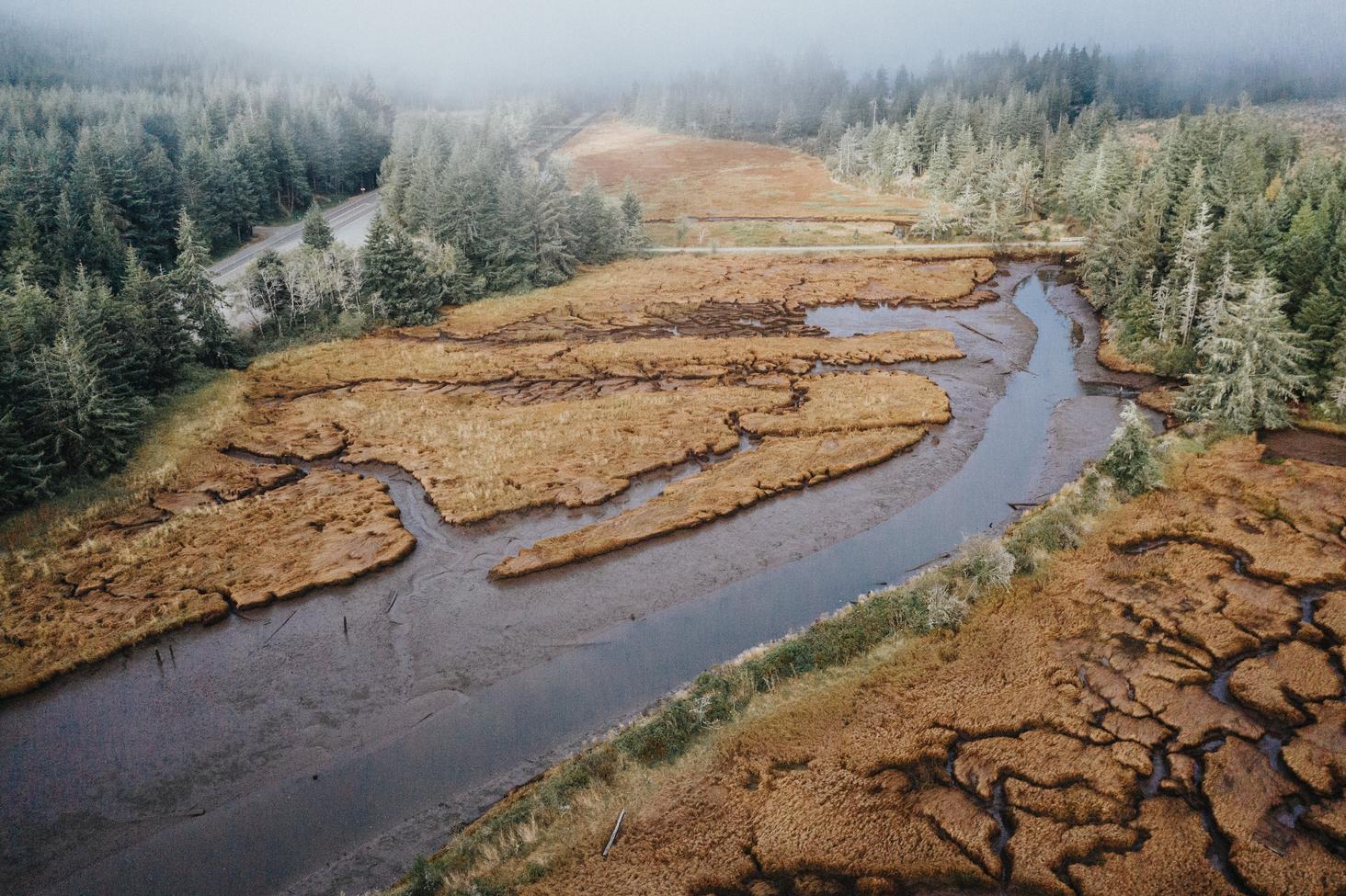
Trenholm notes that the benefits of restoration work extend beyond coho recovery.
“Recover coast coho and you benefit an entire ecosystem,” Trenholm says. “When coho do well, so do all of the other salmonids that share these watersheds, along with the many plant and animal species that depend on coho.”
According to Dr. Tim Elder, WSC’s Southwest Oregon Program Manager, the restoration actions called for in the SAPs are simple, resourceful, and highly effective: from building beaver dam analogs that aim to recruit “nature’s engineers” back into streams to replanting riparian corridors that filter water, add shade, and prevent erosion.
Restoration actions are simple, resourceful, and highly effective: from recruiting beavers back into streams to replanting riparian corridors that filter water, add shade, and prevent erosion.
Engineered logjams placed in-stream can dramatically enhance habitat for young coho, he says—adding needed complexity and retaining sediment while cooling streams in summer. Protecting cold water is a growing focus of salmon recovery efforts, given the increasingly dangerous and even lethal summertime water temperatures in many salmon systems.
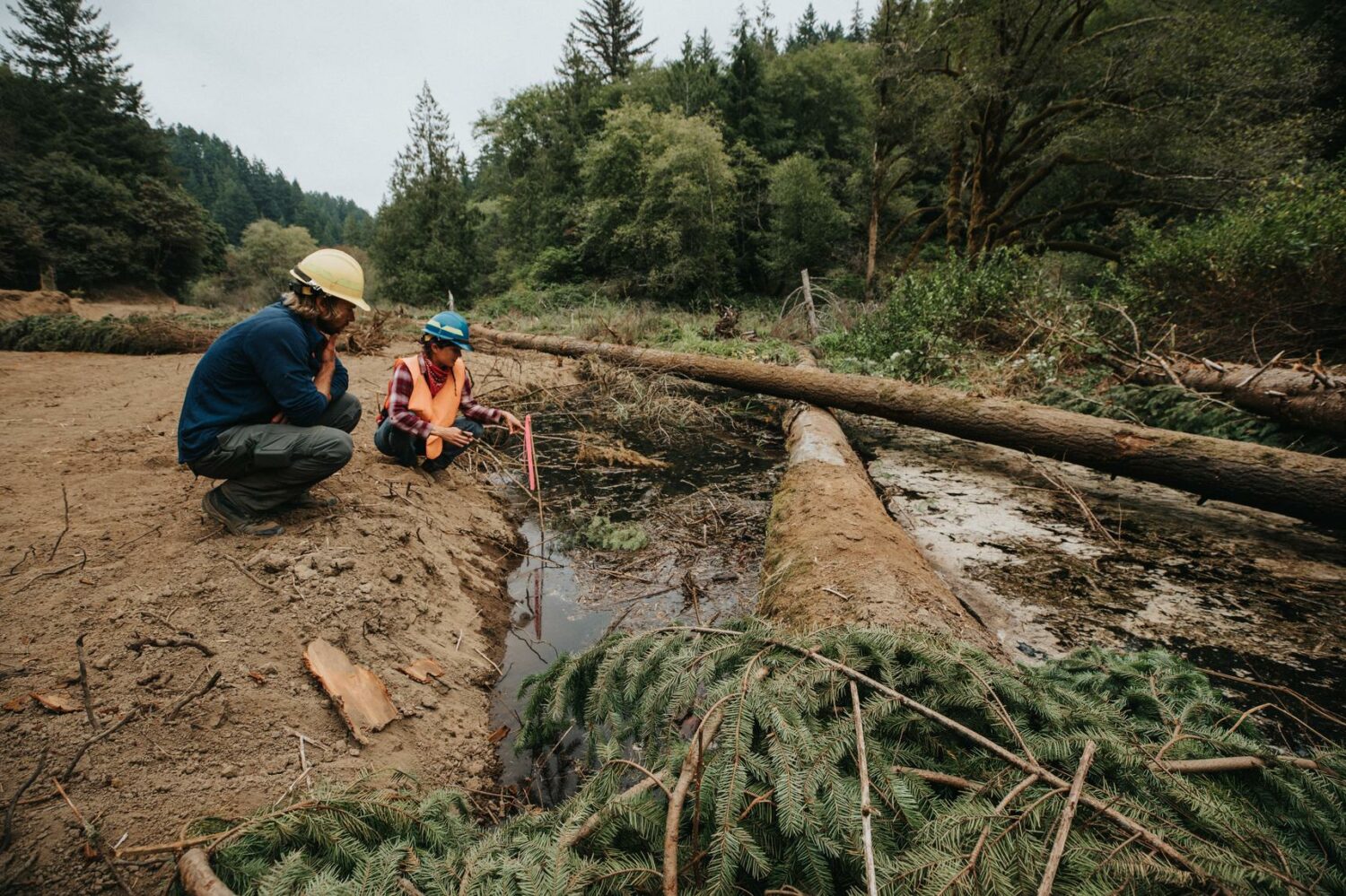
“Coho are among the salmonid species that spend the longest in freshwater before starting the oceangoing part of their life cycle,” Dr. Elder says. “So by expanding and improving instream habitats, we can help make sure that more juvenile coho survive and thrive.”
Now, those improved odds are helping Oregon Coast coho populations push through the more challenging ocean conditions they might encounter next, from warming temperatures to ocean acidification.
NOAA’s assessment indicates that even with a recent downturn in ocean conditions, Oregon Coast coho have done surprisingly well compared to a similar period in the 1990s.
Improved odds are helping Oregon Coast coho populations push through challenging ocean conditions, from warming temperatures to ocean acidification.
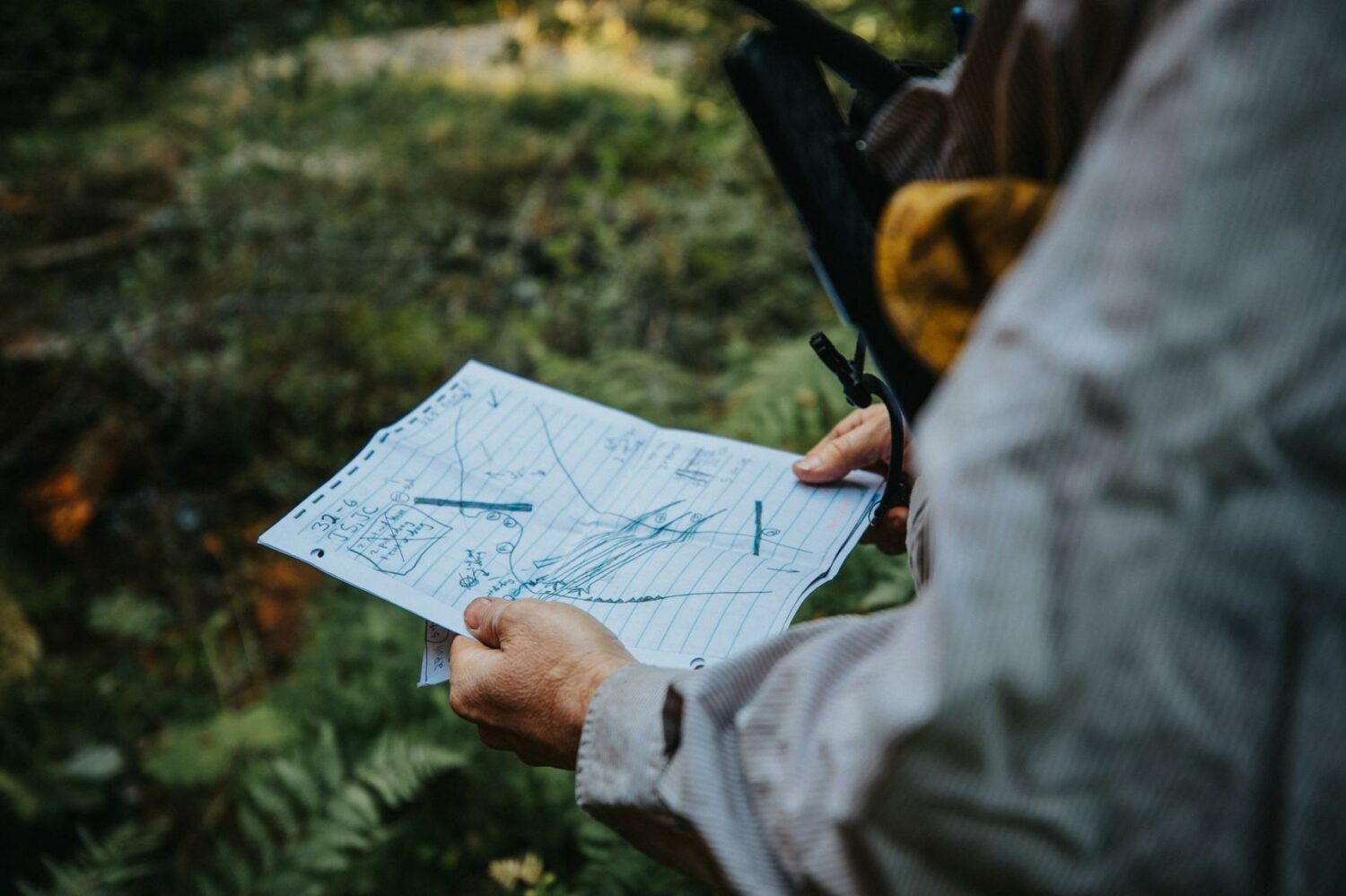
The hope, Trenholm says, is that improved land management—coupled with targeted restoration—will continue to improve watershed health to the point where NOAA may begin considering delisting Oregon Coast coho. The recent expansion of Oregon’s wild fish zones and improved management of state and private forestlands are promising steps in this direction.
According to Trenholm, removing Oregon Coast coho from the Endangered Species List would set a precedent for ESA-listed species, and demonstrate that sound land use, careful fish management, and ongoing restoration can work to recover a species. And ultimately, coho recovery could reopen some of the Tribal, commercial, and recreational fisheries so central to many coastal communities.
Removing Oregon Coast coho from the Endangered Species List would set a precedent. And ultimately, it could reopen some of the Tribal, commercial, and recreational fisheries so central to many coastal communities.
The dream of recovery may still be a distant one, Dr. Elder cautions, especially if we fail to improve management in the lower reaches of coastal watersheds where juvenile coho rearing is still constricted by high water temperatures and degraded water quality. But NOAA’s optimism on Oregon Coast coho offers hope.
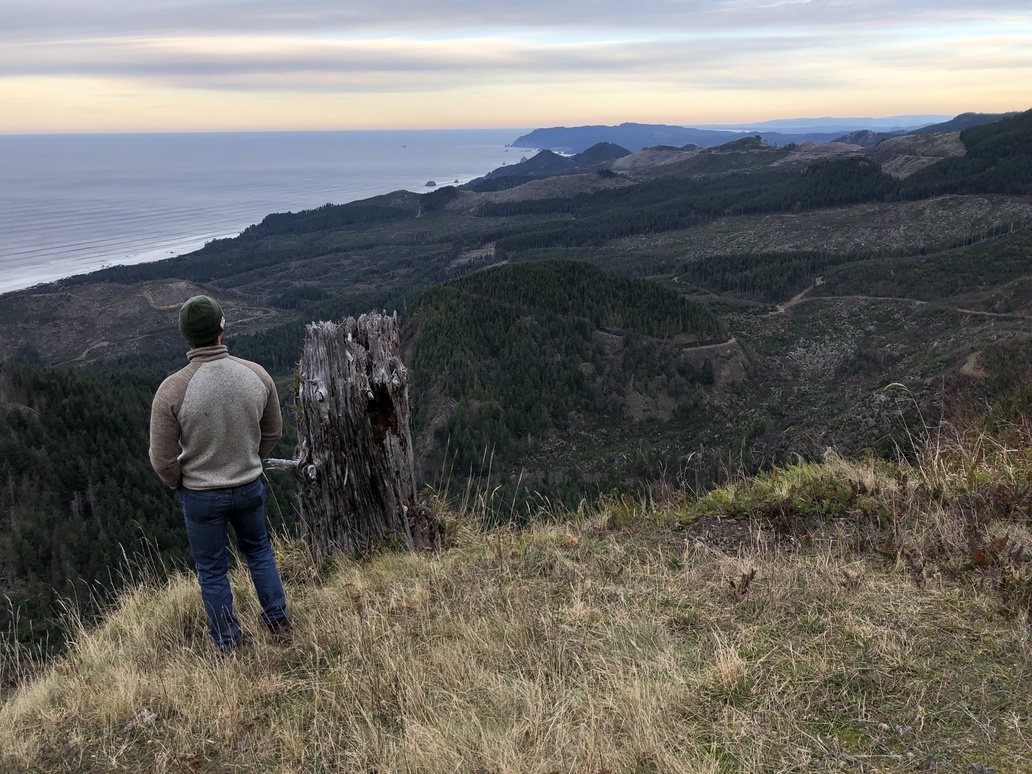
“We can say with confidence that freshwater habitat restoration is working for Oregon Coast Coho,” Dr. Elder says. “Improved habitat conditions are helping the species weather periods of poor ocean conditions, meaning the bad times just aren’t as bad now.”
Now, with continued support from federal and state agencies, WSC and the CCP plan to accelerate this work—and expand it to more than half of Oregon‘s 28 Coast coho population areas within the next five years.
“While there’s still work to be done, this report tells us we’re on the right track,” Trenholm says. “Coast coho recovery is within our reach.”
“This report tells us we’re on the right track. Coast coho recovery is within our reach.”
WSC Coastal Programs Director Mark Trenholm
